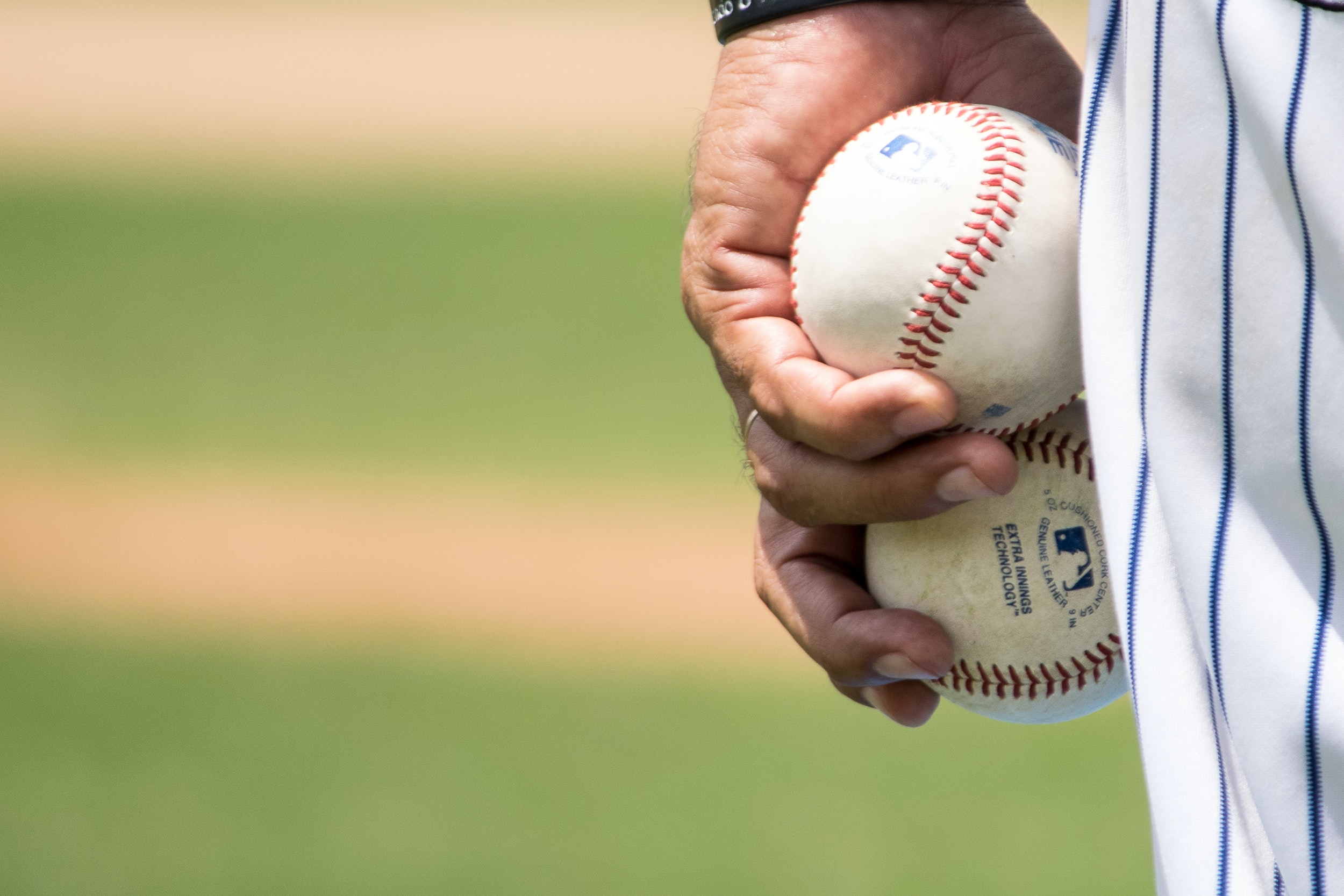
If you were to ask most Braves fans how they felt about the departure of 12-year veteran and Braves legend Freddie Freeman before the Matt Olson acquisition, you would find many interesting reactions.
If you ask how they feel now that they have seamlessly replaced one gold glove-winning first baseman with another who’s four years younger and will cost significantly less for years to come, the reactions may be slightly different.
Freeman is a legend in Atlanta, and for a good reason. Losing the face of a franchise is always a challenging task especially seeing the Braves just won their first world series since 1995, but if you’re going to have to face the music, this is the best-case scenario.
Freeman gets to live out his dream of playing in his home state, and the Braves get a younger, more cost-effective replacement that will keep this team in contention for years to come.
The reactions around the baseball world were split. An editorial producer for the MLB, Adrian Garro, tweeted, “Atlanta, enjoy #BatOlson. National League pitchers, good luck.”
While others, such as Zach Kram, a writer for the Ringer, tweeted, “Tired: Re-signing a franchise icon who just won the World Series. Wired: Trading a bunch of good prospects for his replacement.”
Without question, a move of this magnitude will have social media in a frenzy. Everyone is looking to get their hot take-out before seeing one at-bat from either player.
The front office for the Atlanta Braves should be applauded for dealing with Freeman’s departure so gracefully.
Great players can mask some of the blemishes an organization may have, but the front office is where these teams are built. Losing a franchise legend can have little to no effect on quick thinking and efficient GMs.
Many teams have seen a significant collapse after losing a presence like Freeman’s.
Much has been made about the haul the Braves gave up acquiring Matt Olson from the Athletics.
The haul included two top 100 prospects in Outfielder Christian Pache and Catcher Shea Langeliers, and two right-handed pitchers, Ryan Cusick and Joey Estes, who are undoubtedly talented but have not yet proven it at the major league level.
The Braves are more comfortable moving forward with a proven talent than hanging on to unproven prospects. Is that the best path to take? We will see over the next few years.
If you are a Braves fan, who is still emotionally dealing with the loss of your franchise icon, let these statistics find you in your time of grief.
During Freeman’s first full season with the Braves, he had 161 hits in 571 at-bats with 21 home runs and 76 RBIs.
Matt Olson’s first full year with the Athletics had 143 hits in 580 at-bats with 29 home runs and 84 RBIs.
Throughout both careers, the production at the plate leans towards Freeman, but the numbers are incredibly similar through the first four years of their respective careers.
One of the best-advanced statistics you can use for a player’s value in all facets of the game is WAR (wins above replacement).
This stat deciphers how many more wins a player is worth than a replacement-level player. To break it down in the simplest form, a player who has a WAR in the range of four to five would be considered an All-star caliber player.
Matt Olson has a career WAR of 18.1, and it is slated to increase the more games he gets under his belt. He had a 5.8 WAR in 2021, while Freeman had a 4.7.
Olson has had a higher WAR over the past three seasons. At this point in their careers, it is hard to pass up on the younger player who, by all accounts, was more efficient this past season.
Having only played five full seasons, Olson made it much easier for the club to make an eight-year, $168 million investment.
He has yet to hit his prime, so the Braves are hoping he can live out his prime years in the league under contract for them.
The biggest problem with losing a player like Freeman is the hole it leaves in the locker room.
That is where players such as Ronald Acuña Jr., Ozzie Albies and Dansby Swanson have to come into their own as leaders for the clubhouse.
Matt Olson has been ranked as one of the best first basemen in the league since 2017. Check out his stats and where he ranks since 2017 in these categories.
He’s first in HRs with 142, Defensive runs saved with .34, dWAR(Defensive wins above replacement) at 1.2 and bWAR with 18.3.
He’s second in RBI with 373, BB at 265 and OPS as he culminated a .863 over the past four seasons.
He has been top two in most statistical categories on both the offensive and defensive sides of the ball since 2017. The Braves are getting a young superstar that is only getting better by the season.
The numbers tell you everything you need to know about a player of Olson’s caliber. He also passes the eye test with flying colors to appease an older generation who refuses to follow numbers.
At 6’5″ and weighing in at 225 lbs, Olson has every bit of the “it” factor people look for when watching prospects. His length allows him to scoop balls out of the dirt nobody has any business recovering while also giving him the ability to expand his strike zone.
A ball that may be a tad bit too far outside for the average hitter will get barreled by Olson with relative ease.
It is too early to tell how this trade works out in the long run, but by all accounts, the Braves went out and got themselves another bonafide superstar to play first base for years to come.
